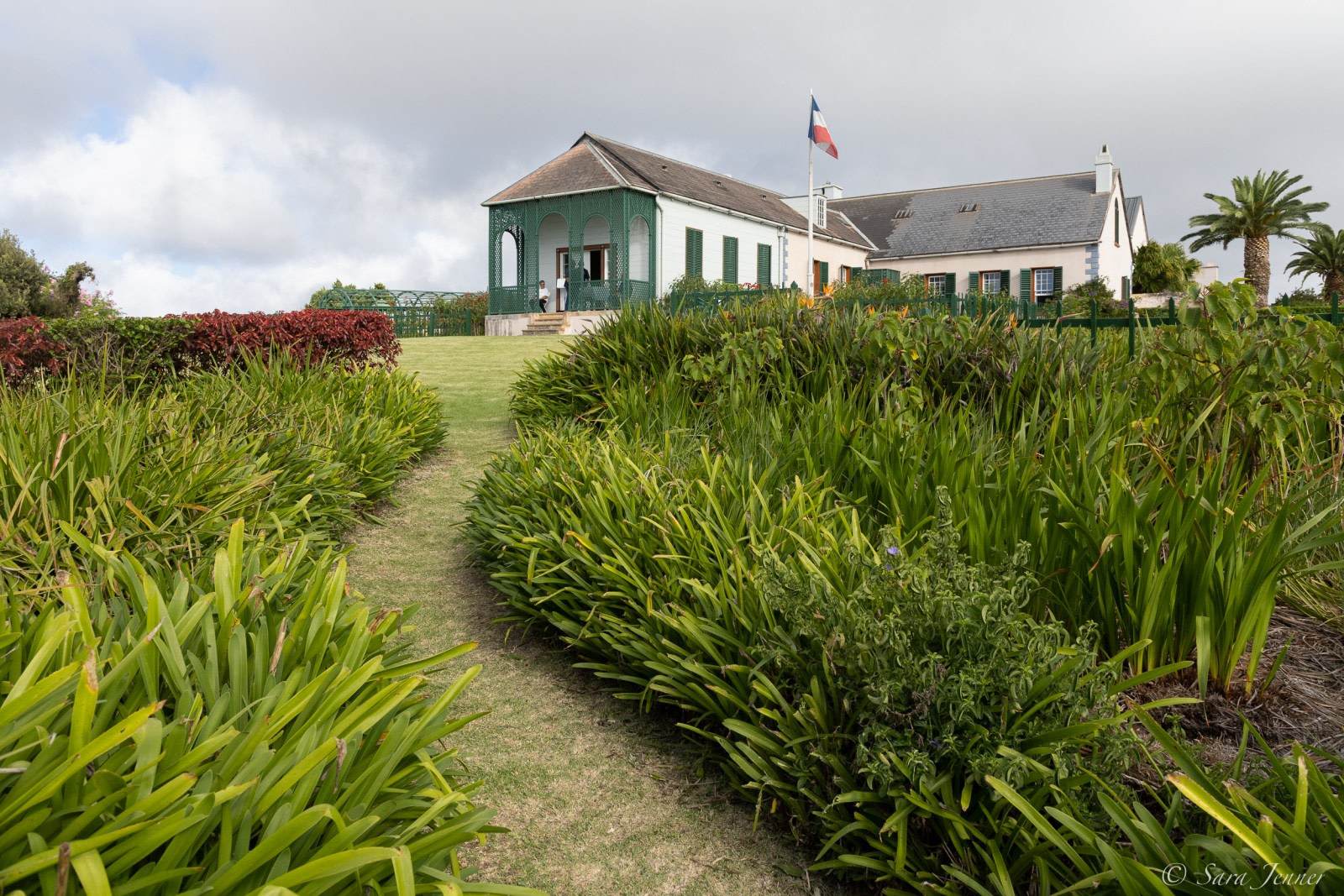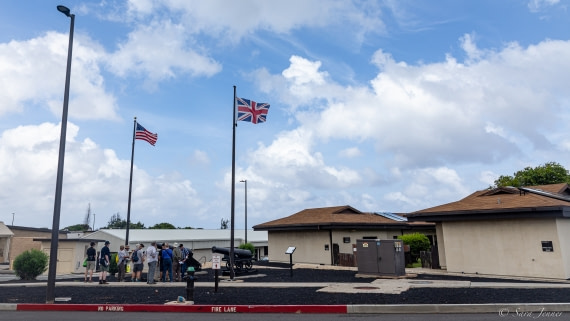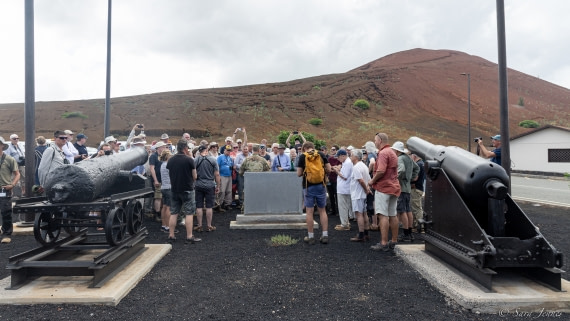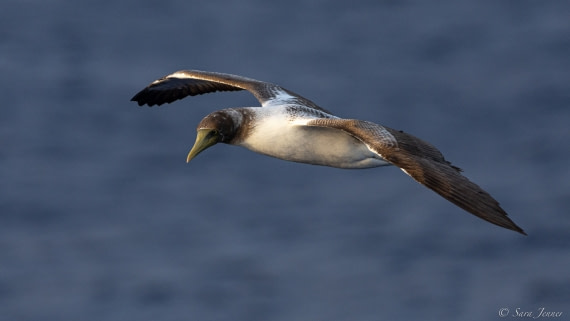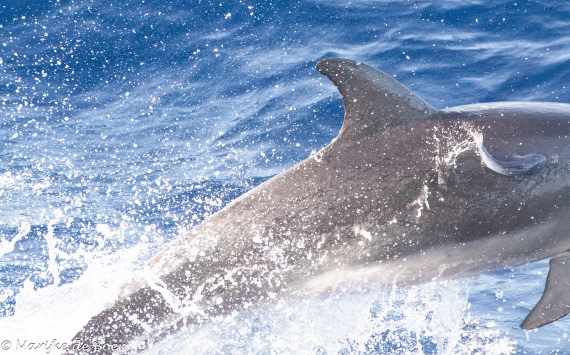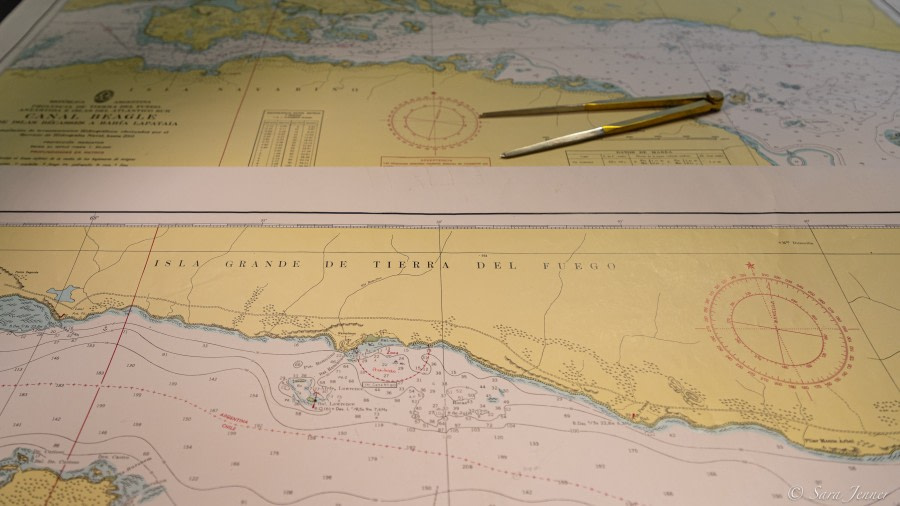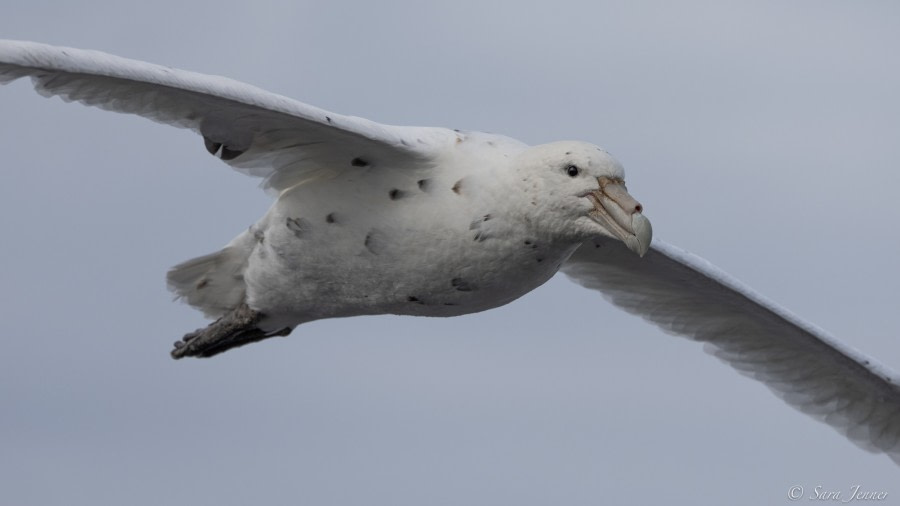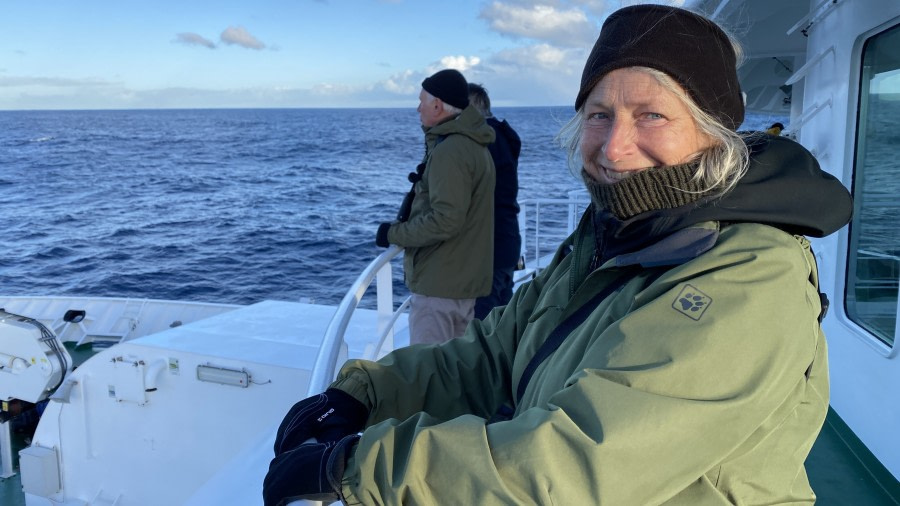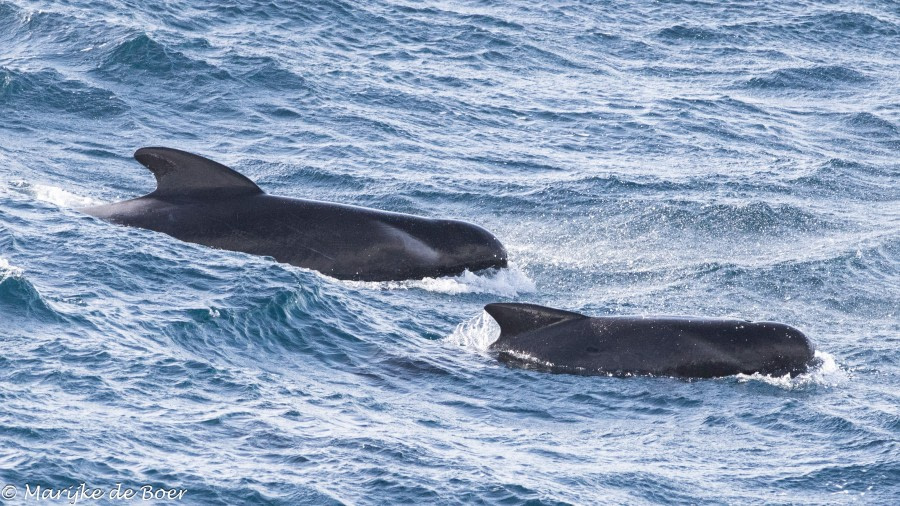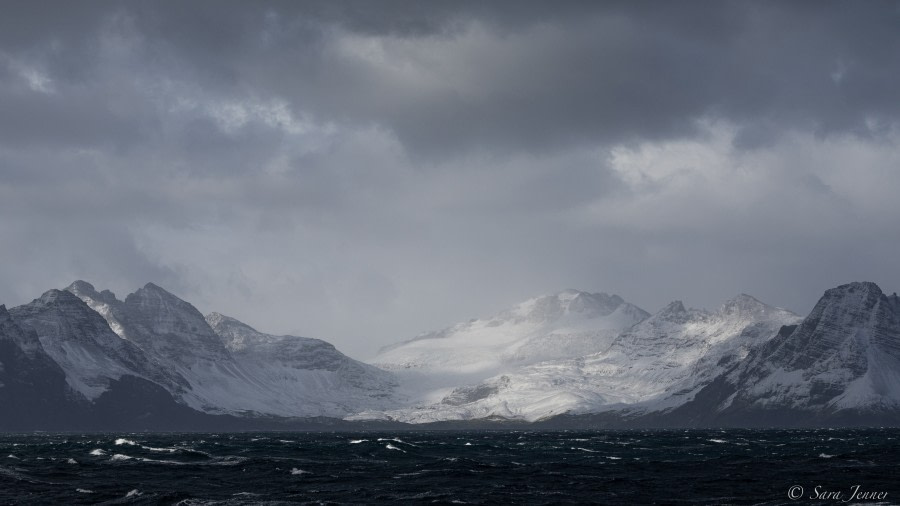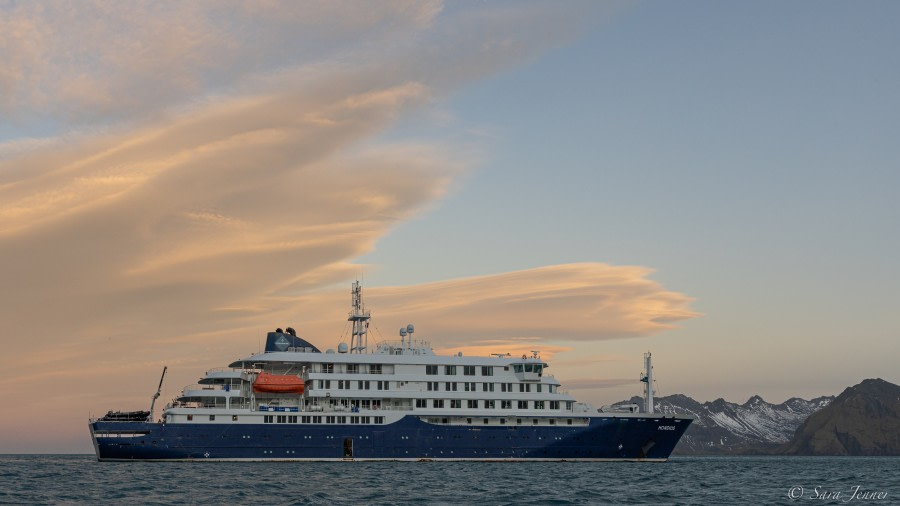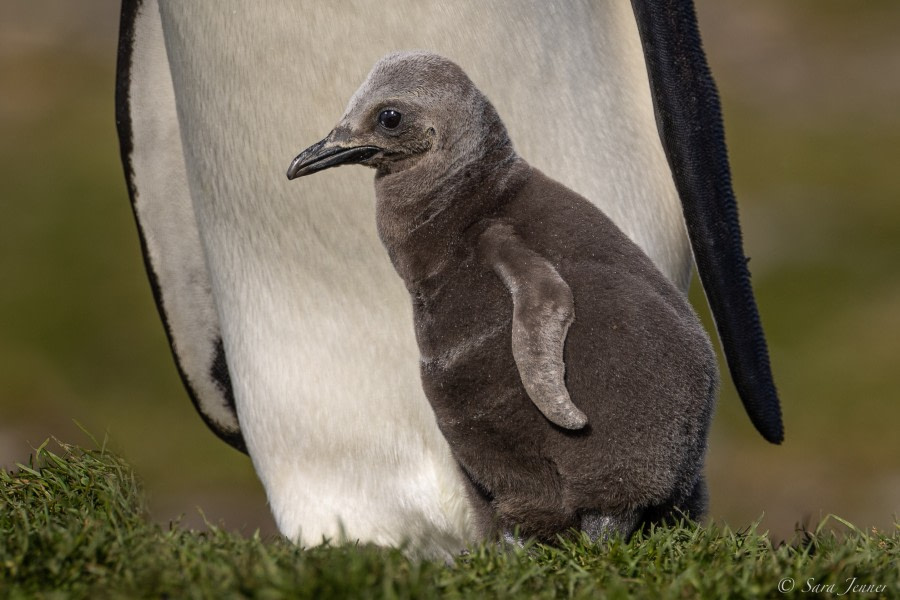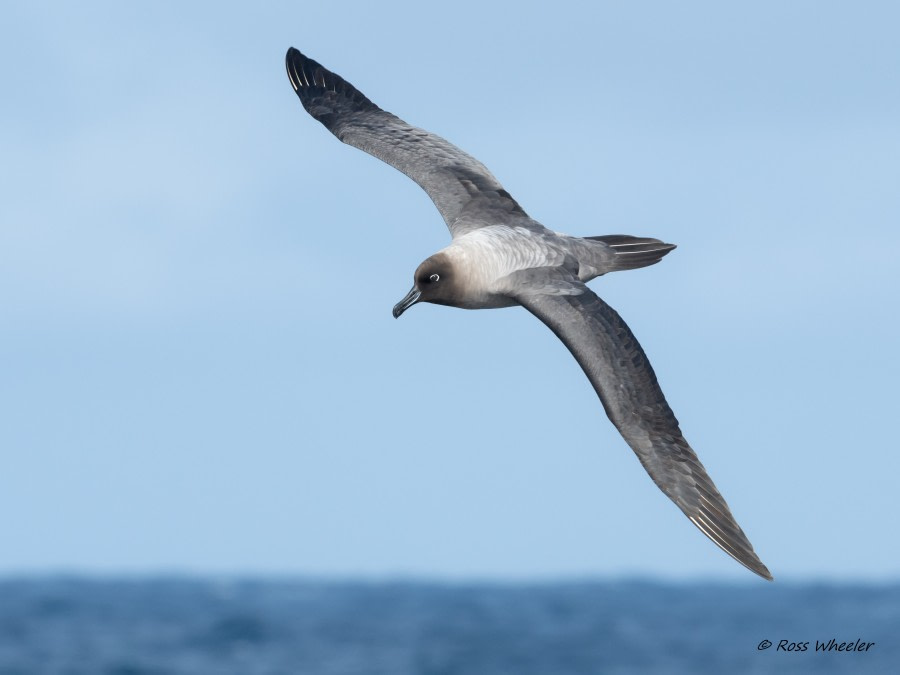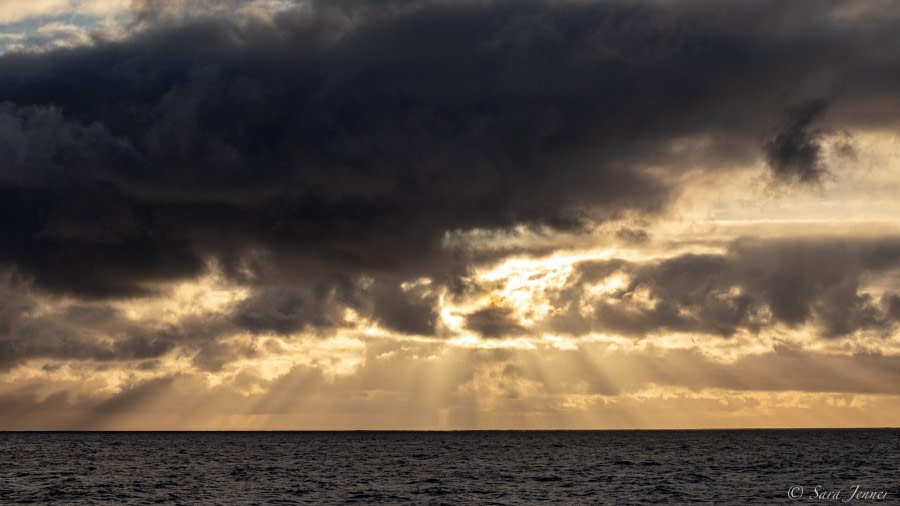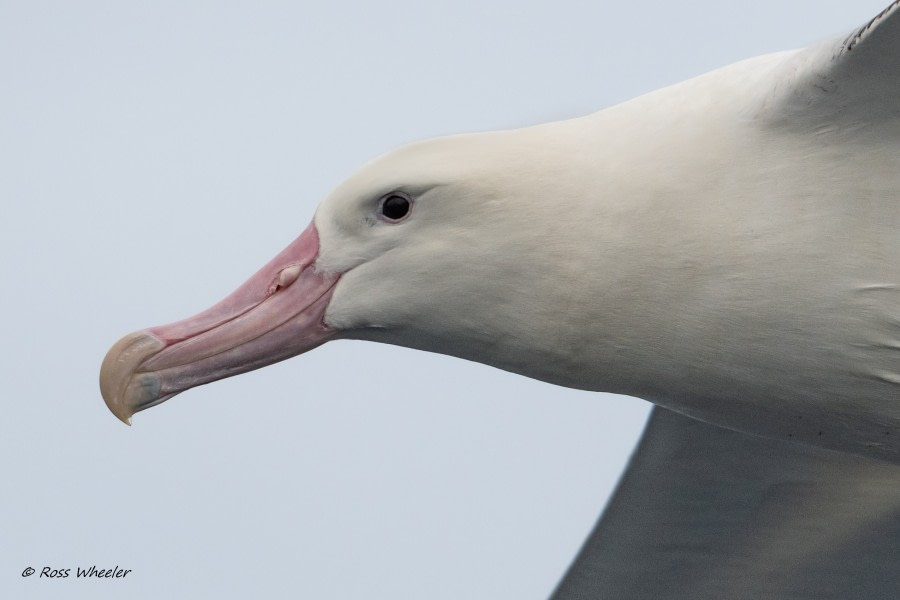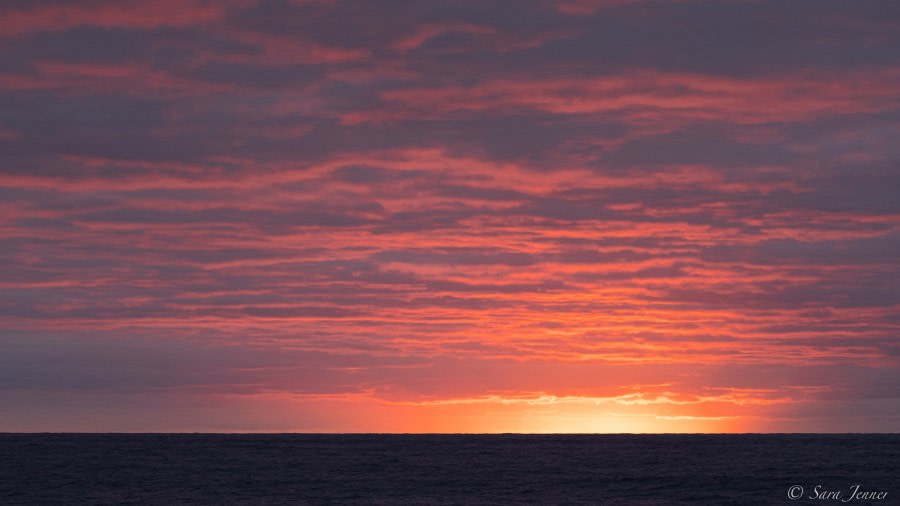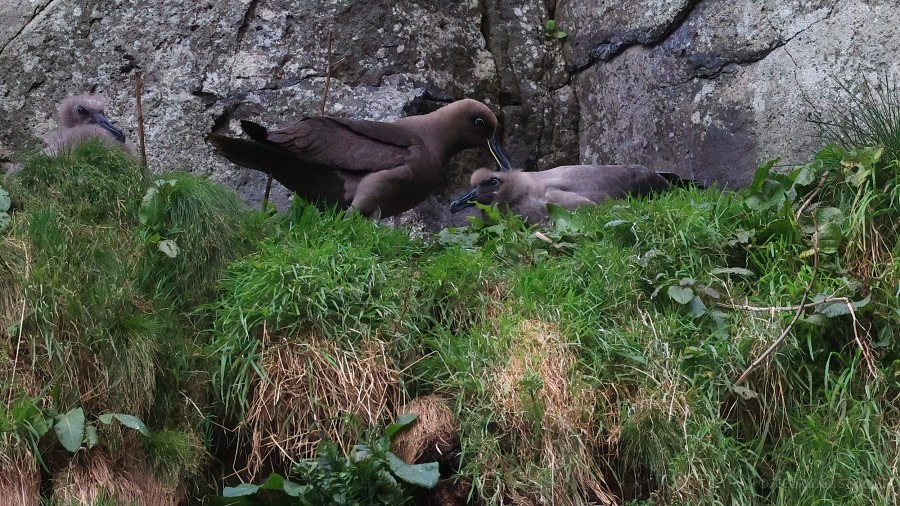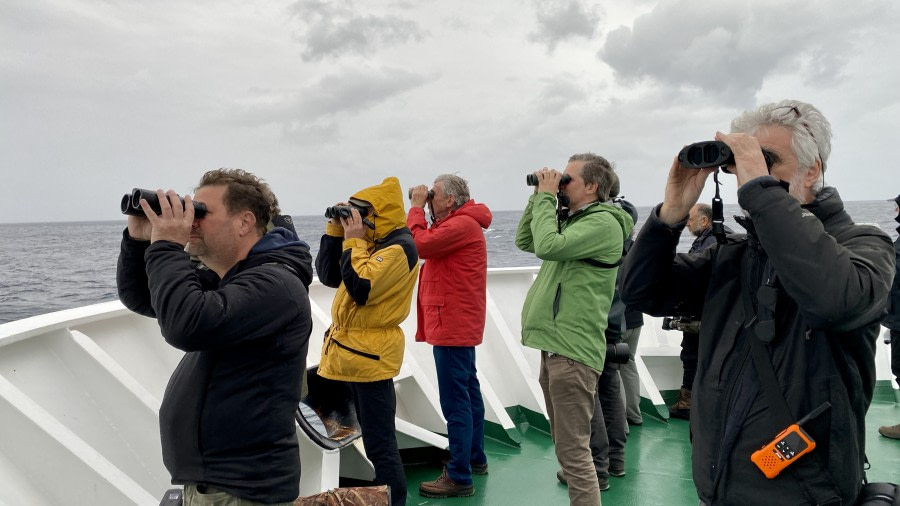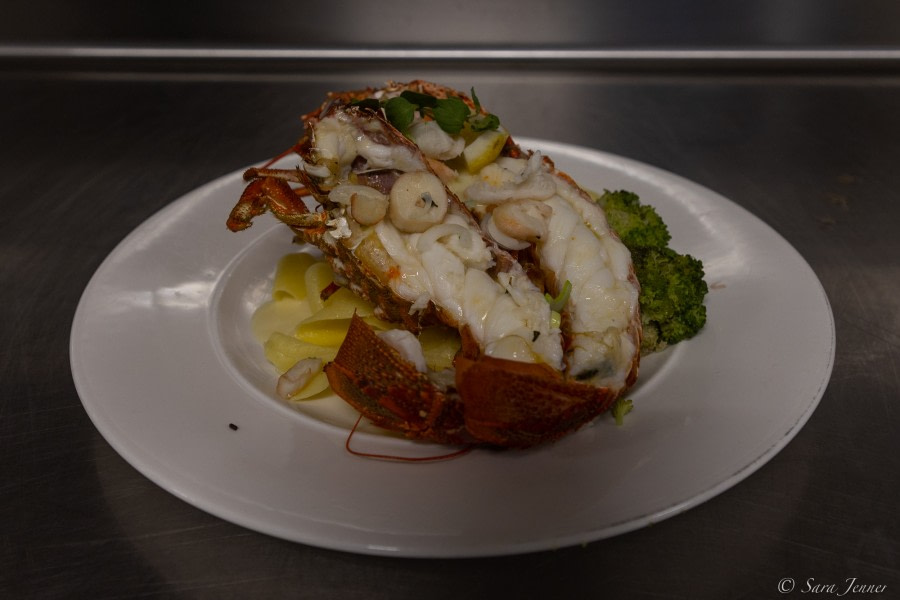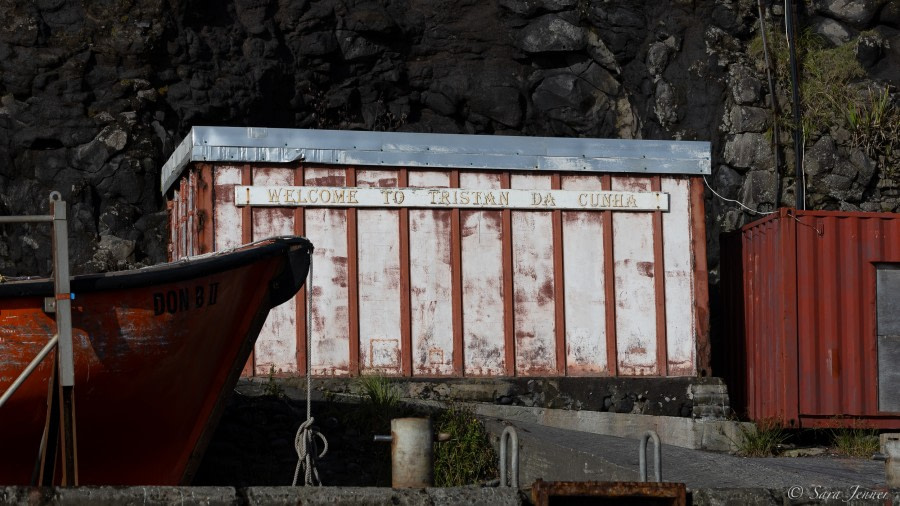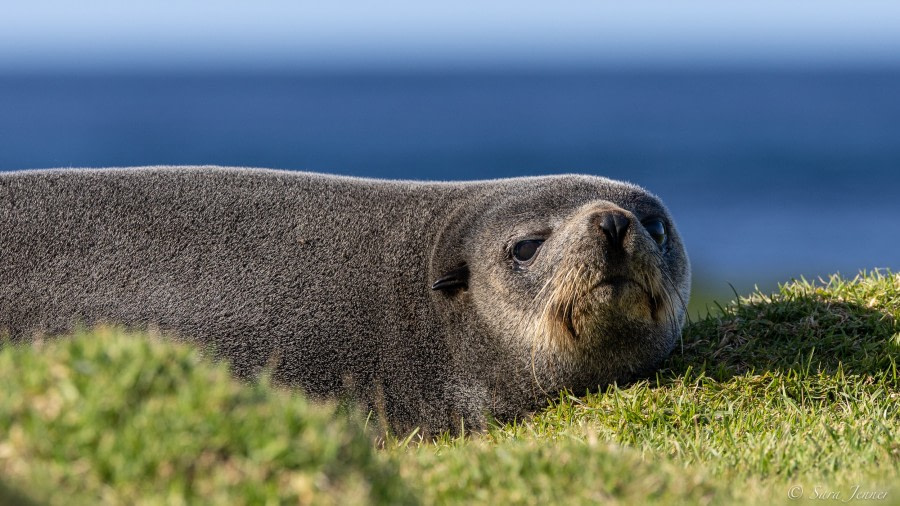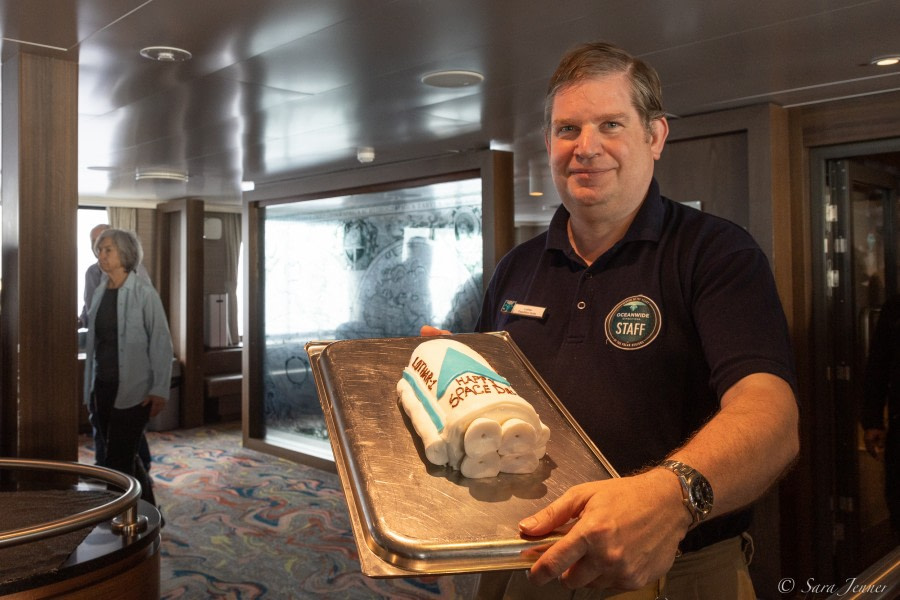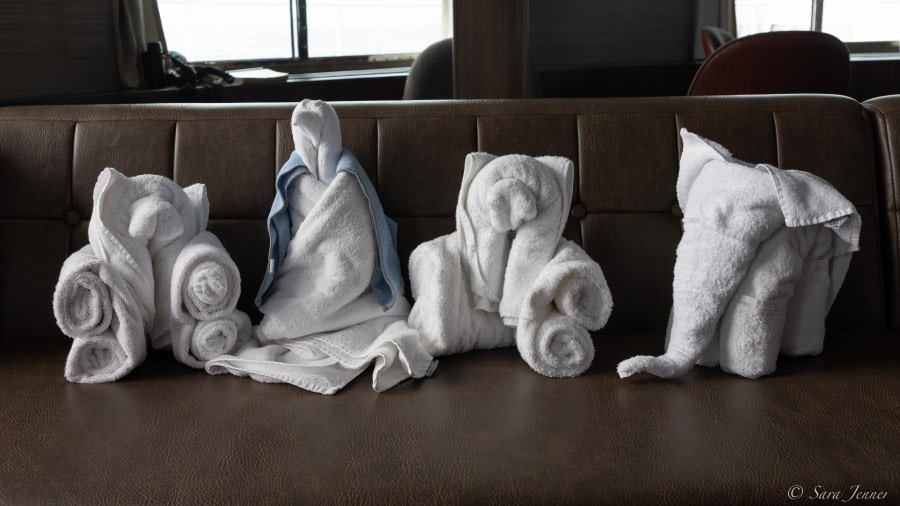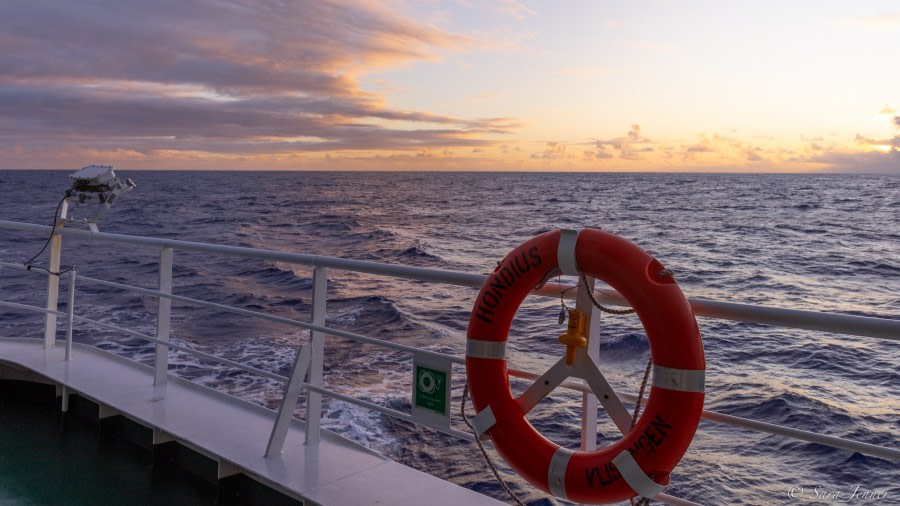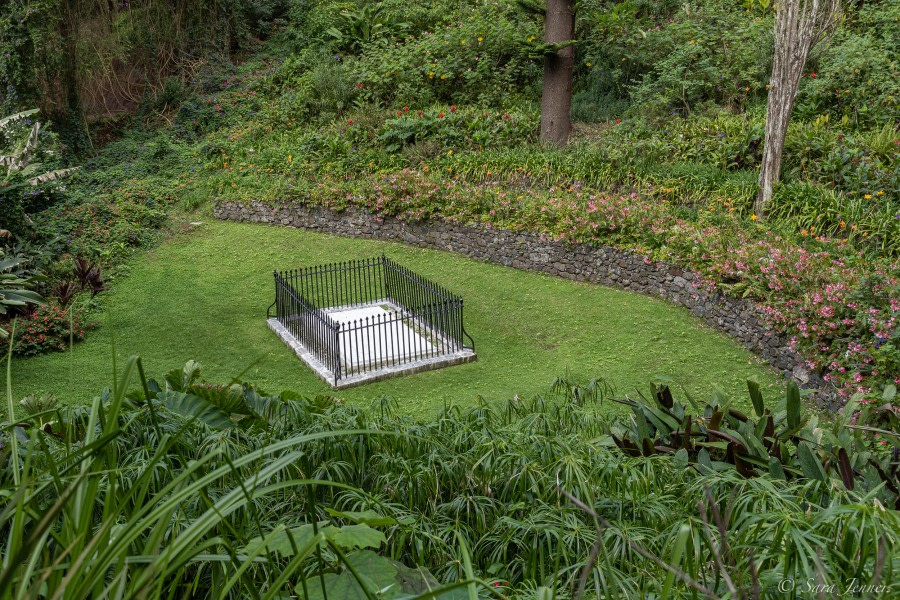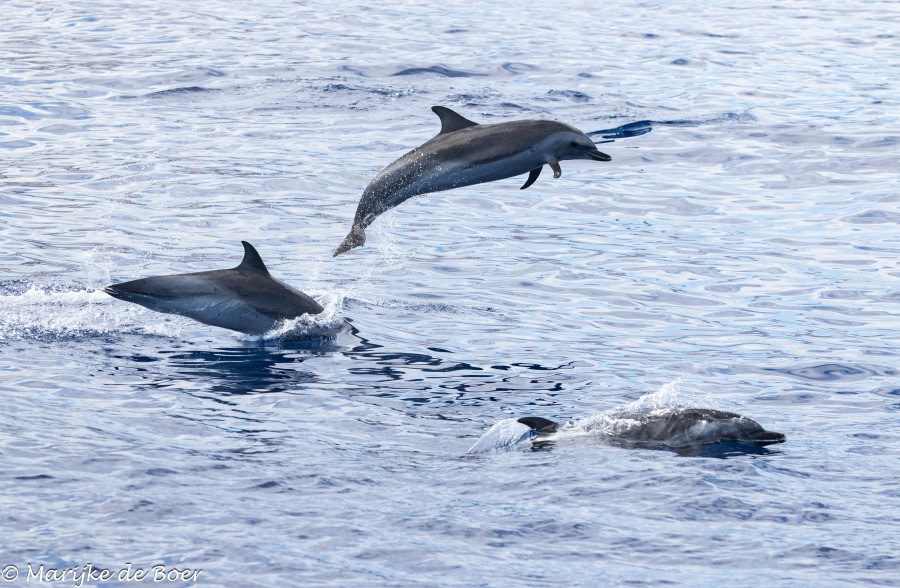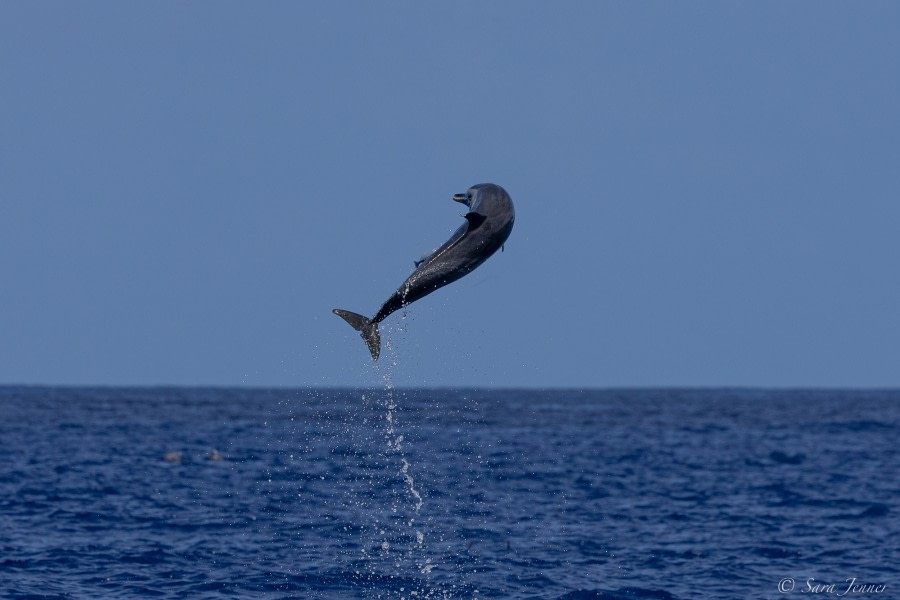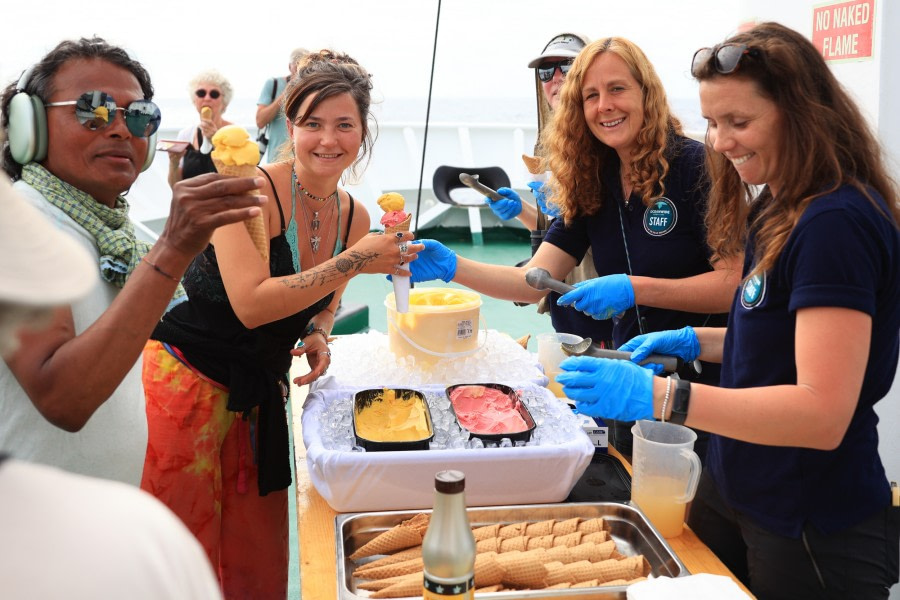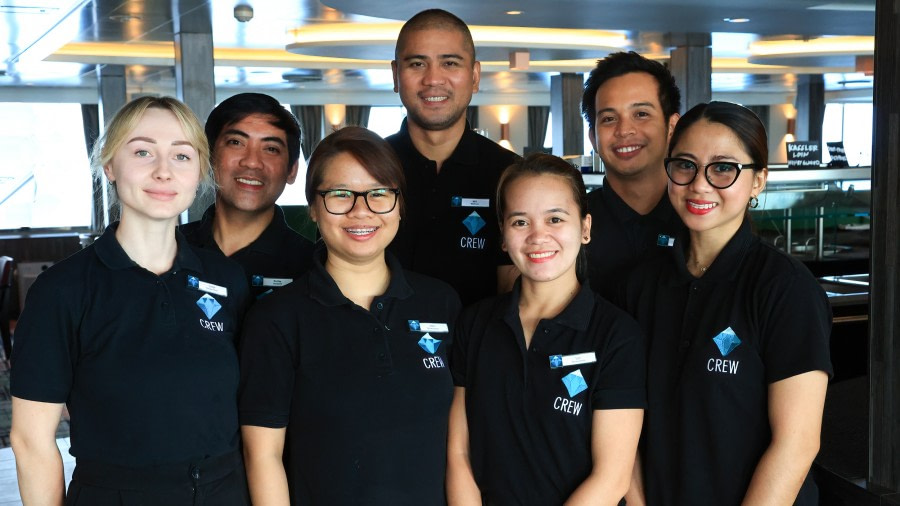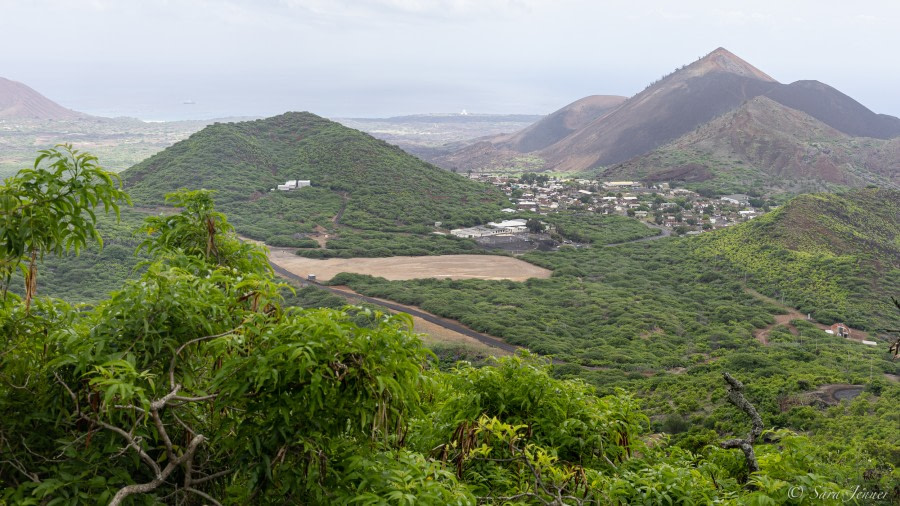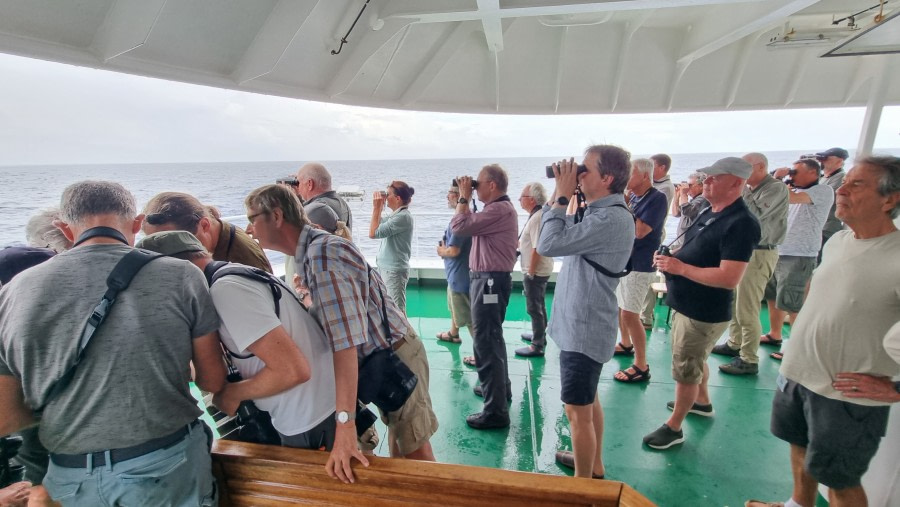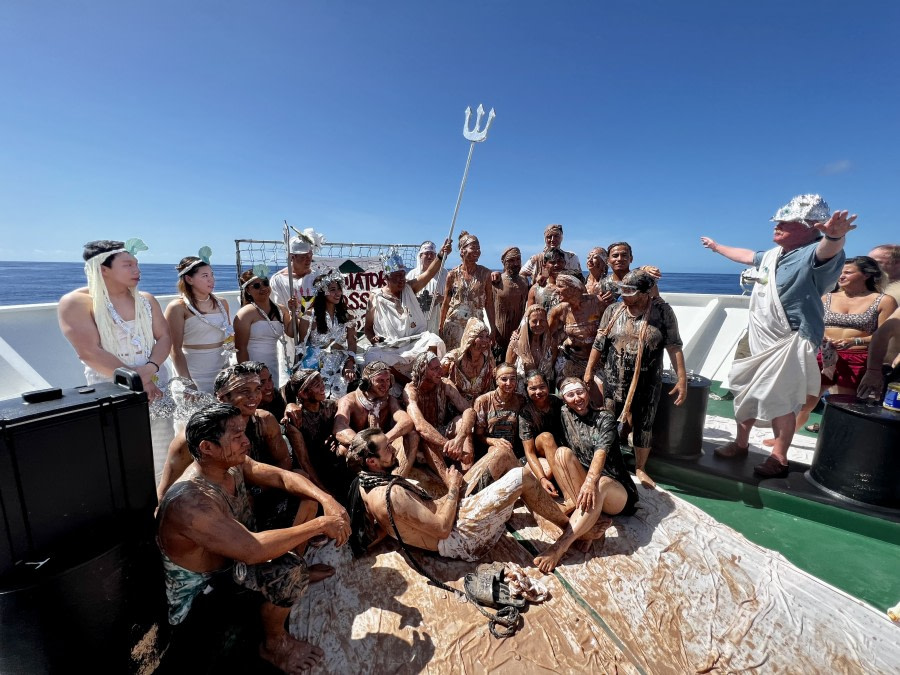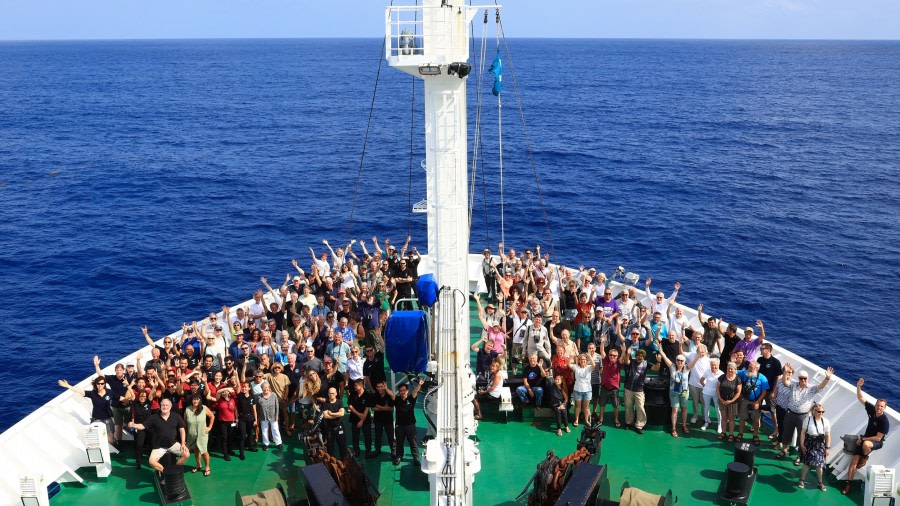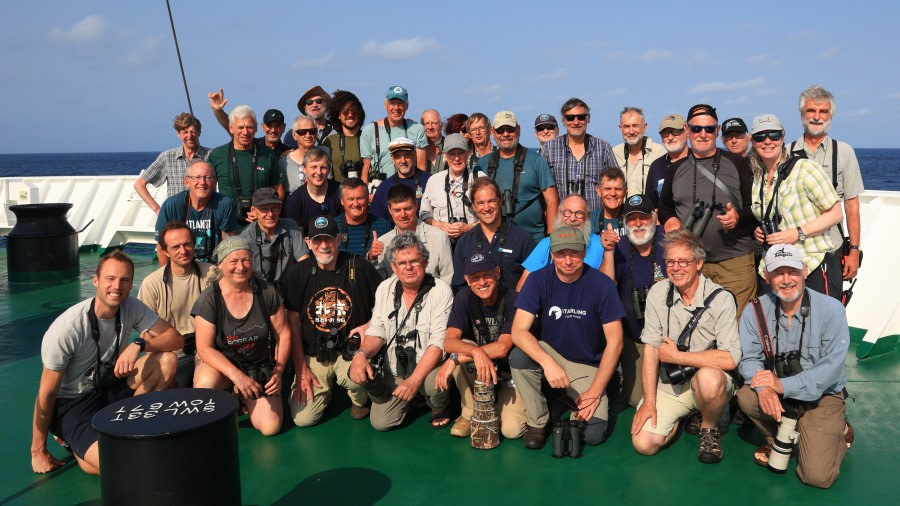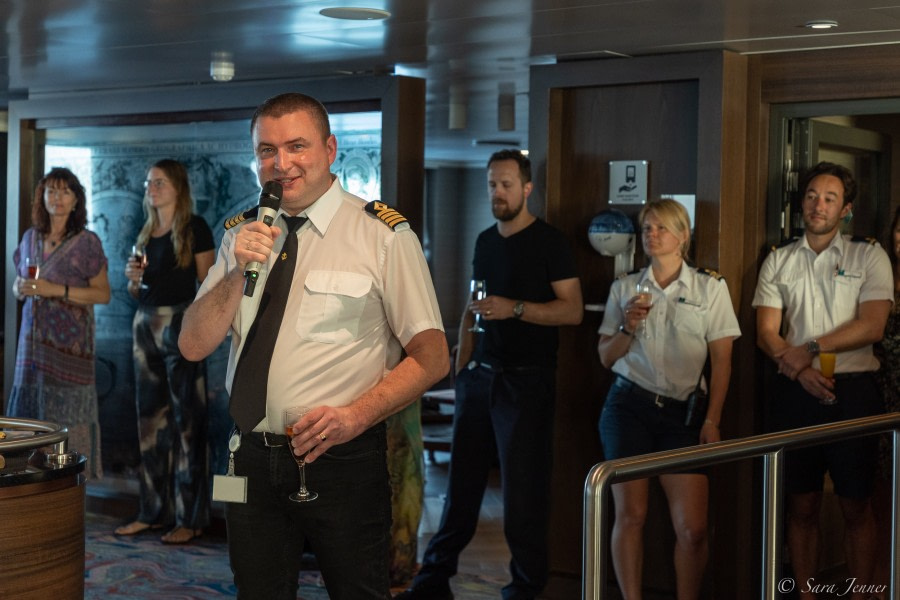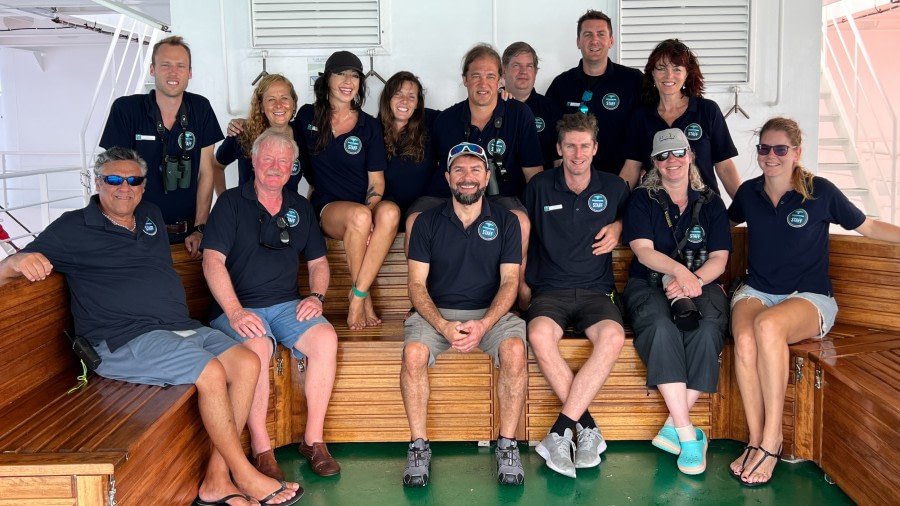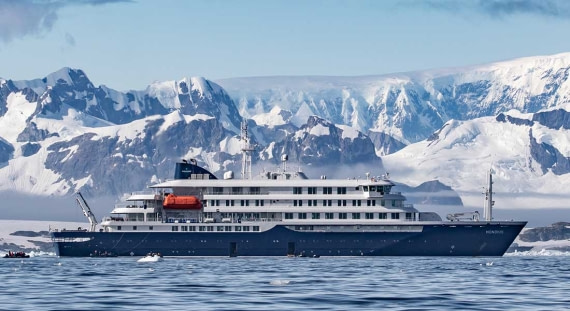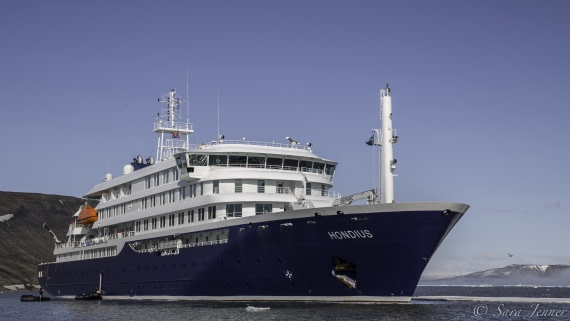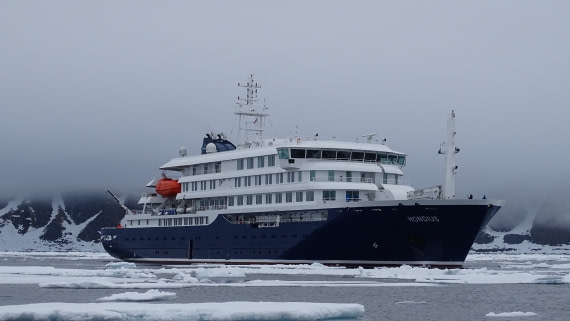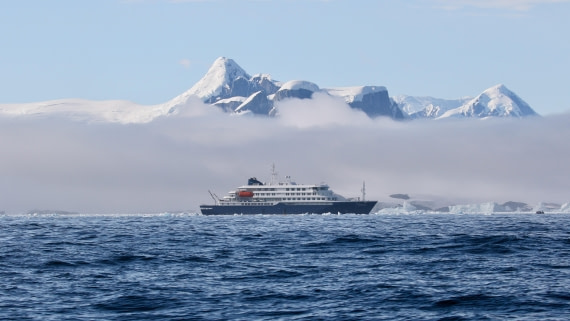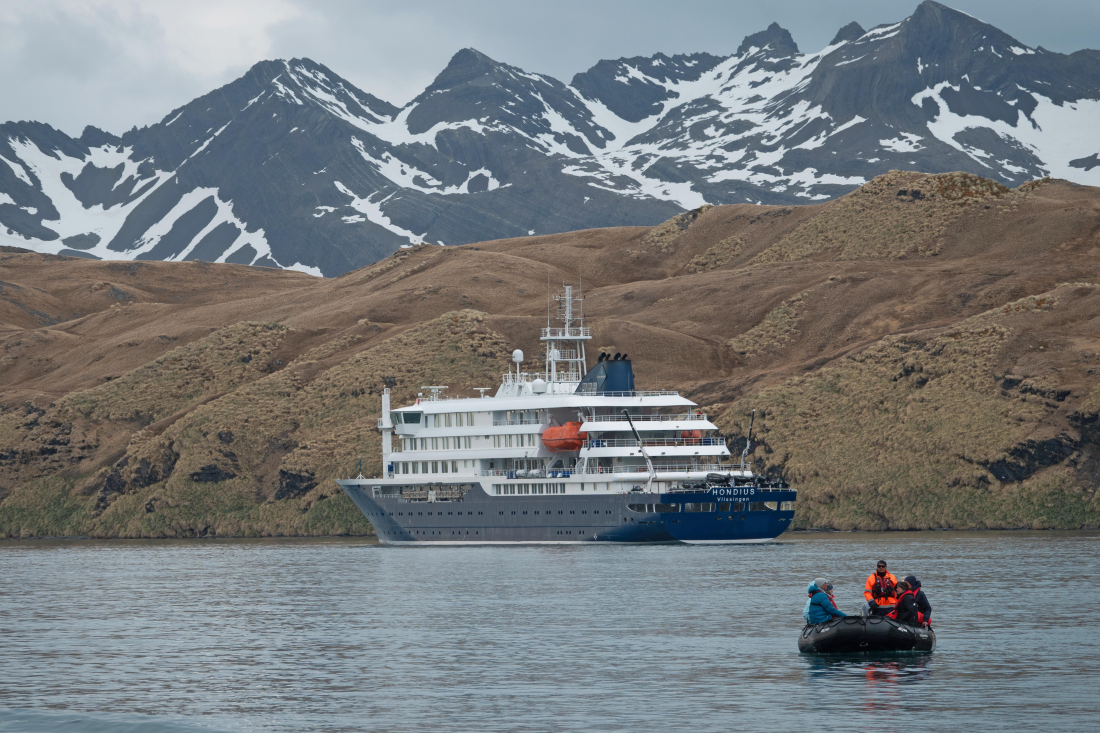| Datum: | 27.03.2023 |
| Positie: | 54°55.3’S 067°56.2’W |
| Wind: | Var 1 |
| Weer: | Rain |
| Luchttemperatuur: | +6 |
Finally, we’re here, we’ve arrived on board after all those plans and bookings! The South Atlantic awaits us with all its weather systems, wildlife, and intriguing islands. This really will be an odyssey in the ancient sense of the word! Some of us have been waiting for years, and a life’s dream coming true. We have embarked in the port of Ushuaia, the southernmost city of the world, or as the locals would have it, ‘fin del mundo’. To some extent this is true, but we are taking it much further, visiting islands that are renowned for their beauty and remoteness. A world that is unlike anything we have seen so far.
M/V Hondius, our beautiful 107-meter vessel will be our home and base for the coming two weeks. The team on board welcomes us with open smiles and many of us can’t hide the excitement anymore. We get set up in our cabins and are then invited to the lounge for coffee, tea, home-made cakes and a mandatory safety briefing and drill. Chief Officer Matei Mocanu explains the most essential safety features on board and how we should behave in case of emergency. For the abandon ship drill, we all put on our funny looking orange life vests and gather at our muster stations.
Whilst the atmosphere on board is full of happy excitement, the weather outside is not ideal. Ushuaia is shrouded in low cloud, and perpetual drizzle, whilst occasional breaks show the nearby mountains shouldering the first snows of the austral autumn. Later in the day it even tries to snow at lower levels, but the harbour birdlife of southern giant petrels, imperial shags, dolphin and kelp gulls continues to circle around the ship.
In the evening we assemble for a briefing by Martin Berg, our expedition leader, helped by advice from Moniek our ship’s doctor, and Will the hotel manager. Then we enjoyed a reception, and our captain, Artur Iakovlev, welcomes us with a toast, but there is a sting in the tale… a deep area of low pressure with very strong winds will move between Patagonia and South Georgia tomorrow. We must be prudent, even though Hondius with her stabilizers and strong engines can handle tough conditions. So, we’ll hang around the eastern end of the Beagle Channel towards dawn, and hopefully the bad weather will then run ahead of us.
Finally, amidst the drizzle and sleet, we cast off from Ushuaia’s quay, and head into the Channel. The Odyssey has begun!
